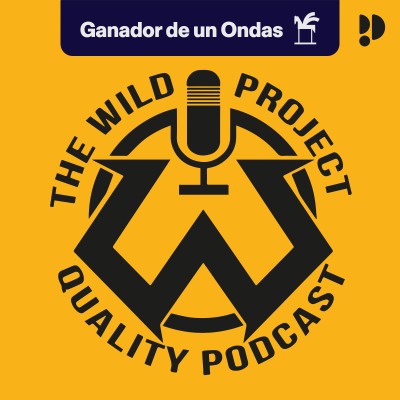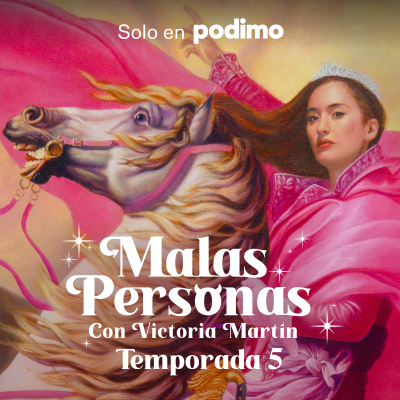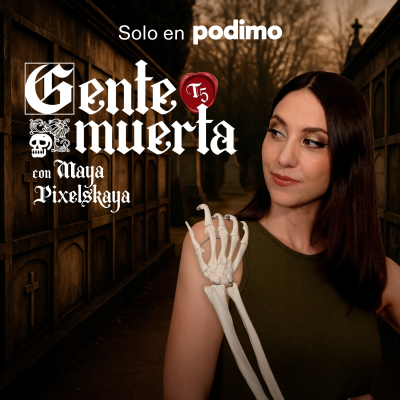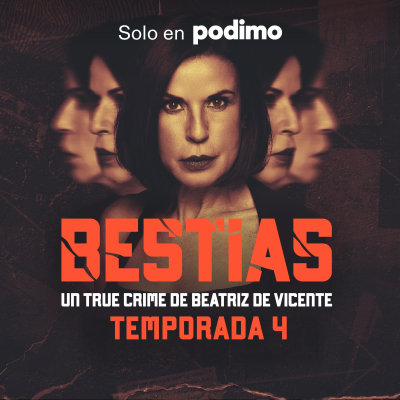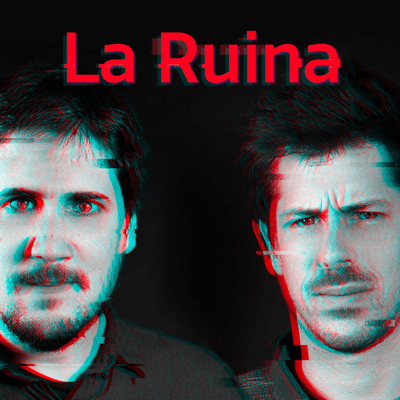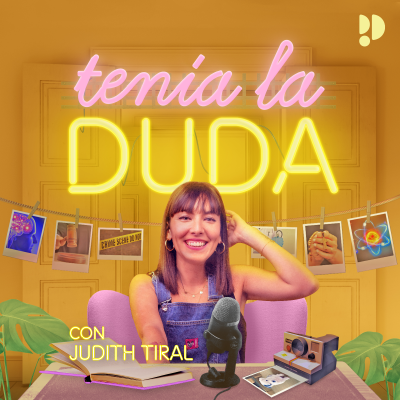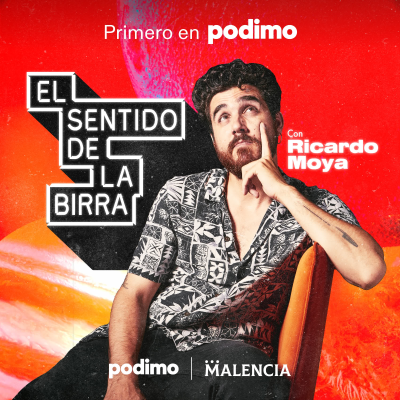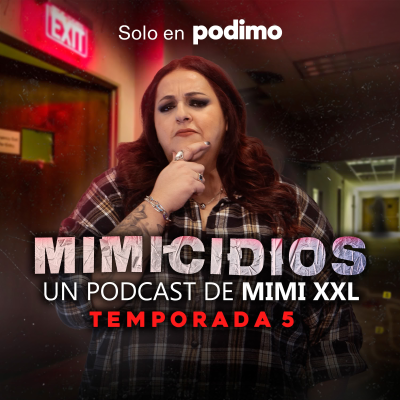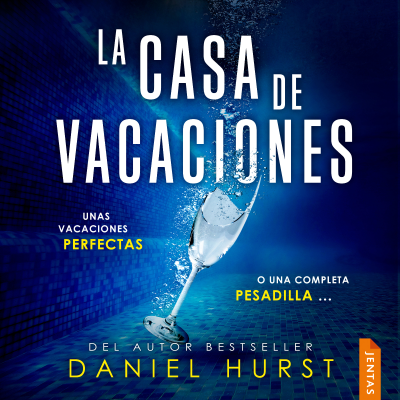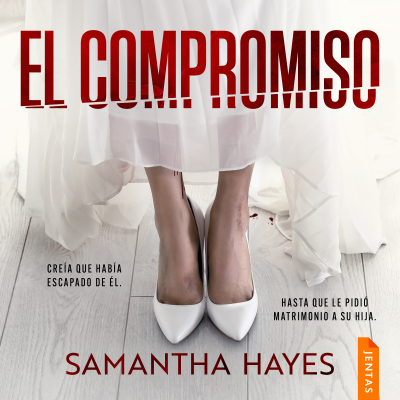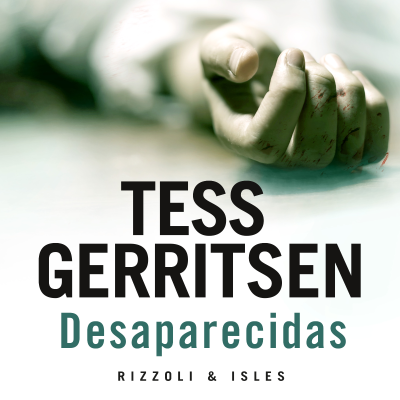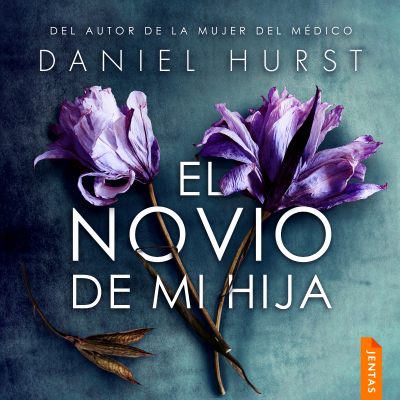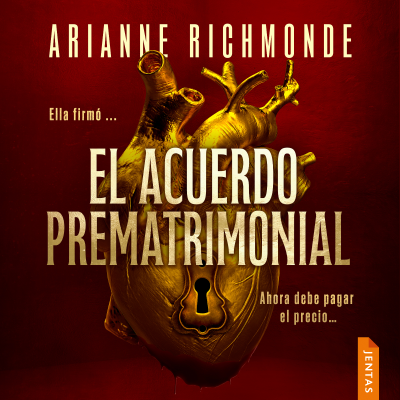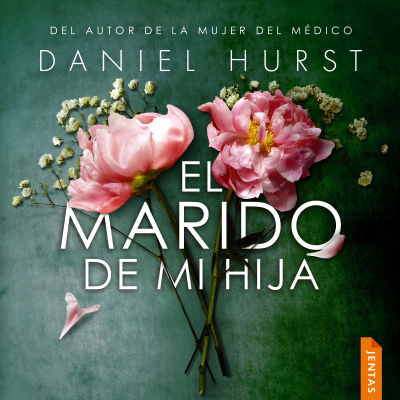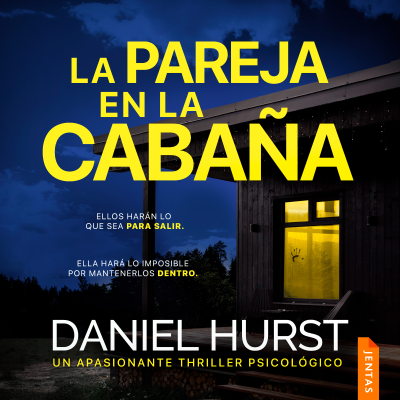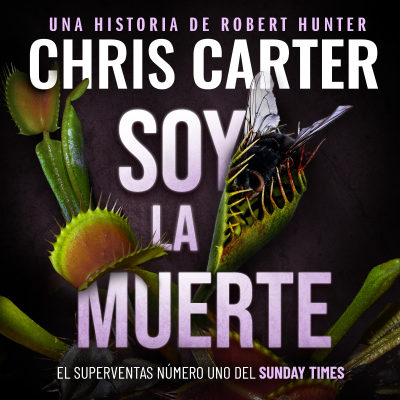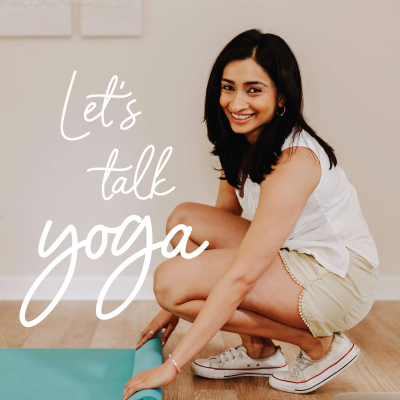
Let's Talk Yoga
Podcast de Arundhati Baitmangalkar
Disfruta 30 días gratis
4,99 € / mes después de la prueba.Cancela cuando quieras.
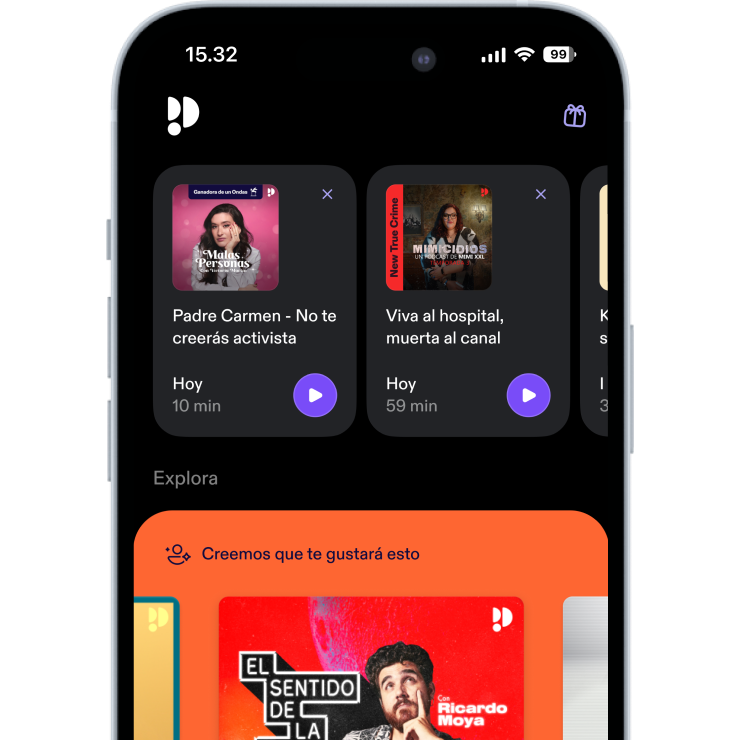
Más de 1 millón de oyentes
Podimo te va a encantar, y no sólo a ti
Valorado con 4,7 en la App Store
Acerca de Let's Talk Yoga
Welcome to the Let's Talk Yoga podcast—your ultimate online destination for everything yoga. Think of it as your virtual yoga school, offering something for everyone—whether you’re a seasoned yoga teacher, a dedicated student, or simply curious about the deeper layers of yoga.Join host Arundhati Baitmangalkar, an immigrant yoga teacher, studio owner, global mentor, and creator of some of the most sought-after yoga teacher training programs in the world. Each week, we bring you valuable insights, in-depth conversations with renowned yoga teachers, and an abundance of yoga resources designed to inspire, educate, and transform.From mastering the art of teaching to navigating the complexities of yoga philosophy and business, this niche podcast is your go-to resource for all things yoga. Ready to deepen your practice and expand your understanding? Hit subscribe now and never miss an episode of Let's Talk Yoga!
Todos los episodios
210 episodioshttps://www.buzzsprout.com/twilio/text_messages/1309609/open_sms Join me and Dr. Andrew McGonigle as we unpack the difference between pain and inflammation, how language and mindset shape the way students experience discomfort, and what yoga teachers can do to create safe, supportive spaces. From understanding acute vs. chronic pain to practical advice on guiding students you’ve just met, this conversation blends science with compassion to give you tools you can use in every class. Episode Highlights: * Defining pain: What it is, how the brain creates it, and the difference between acute and chronic (or “persistent”) pain * Why language and mindset can change how pain is experienced—both positively and negatively * Simple, general questions teachers can ask when they don’t know a student’s history * How yoga teachers can respond compassionately when students share injuries or pain * Is pain always a sign of tissue damage? The biopsychosocial model and what landmark research reveals * Aru’s personal story of ACL surgery and recovery without heavy pain meds * Observations of widespread knee pain in Indian women and the role of lifestyle and expectation * Good discomfort vs. bad pain in yoga practice, and how to guide students without teaching from fear * Placebo and nocebo effects in yoga classrooms—why our words matter so much * The nervous system’s role in amplifying or quieting pain, and how stress or mindfulness shifts the experience * Transitioning to inflammation: acute vs. chronic, myths about boosting the immune system, and what yoga can (and can’t) do * The link between osteoarthritis, systemic inflammation, and lifestyle habits * Movement as medicine: why physical activity is the best way to manage both pain and inflammation * Clearing up wellness myths around posture, core stability, and anti-inflammatory fixes * Closing reflections for yoga teachers on recognizing and working with pain or inflammation in class and in life Join our mailing list [https://ahamyoga.kartra.com/page/Dox28] Find all the resources mentioned in this episode [https://letstalk.yoga/listen/?swcfpc=1] Connect with us on Instagram [https://www.instagram.com/arundhati_baitmangalkar]
https://www.buzzsprout.com/twilio/text_messages/1309609/open_sms Mindfulness and meditation often get used interchangeably, but they’re not the same. In this episode, I explain how mindfulness sets the stage for meditation, why they nourish each other like soil and roots, and how cultural context shapes our understanding of both. You’ll also learn the most common pitfalls of meditation and get simple, practical tips to build a steady practice without frustration. Episode Highlights: * Why mindfulness and meditation are often confused in modern wellness culture * Historical and cultural roots of meditation (Dhyana) in yoga and Buddhism * Defining mindfulness as present-moment awareness without judgment * Defining meditation as a structured, often seated practice of focus and absorption * Two types of meditation: guided meditation and unguided meditation * Relationship between mindfulness and meditation: how they support each other * Why rushed, distracted living makes meditation harder and how mindfulness throughout the day creates better conditions for it * How deeper meditation strengthens qualities like concentration, equanimity, and compassion, which naturally support mindfulness in daily life * The cultural roots of mindfulness and meditation in Indian and Buddhist worldviews, and how Western wellness often dilutes their depth * Common traps in meditation: forcing, suppressing thoughts, lack of foundation, unrealistic goals * Practical tips for teachers: normalize the wandering mind, start small, embed mindfulness in daily life * Journaling as a supportive tool for clarity and reflection * Examples of mindfulness practices in everyday life vs. seated meditation * How to measure success: awareness, presence, compassion, and consistency in daily living Join our mailing list [https://ahamyoga.kartra.com/page/Dox28] Find all the resources mentioned in this episode [https://letstalk.yoga/listen/?swcfpc=1] Connect with us on Instagram [https://www.instagram.com/arundhati_baitmangalkar]
https://www.buzzsprout.com/twilio/text_messages/1309609/open_sms Discover the deeper meaning of Shavāsana beyond just lying down at the end of class. I share two powerful mythological stories that reveal how this pose symbolizes surrender, rebirth, and transformation, and why it deserves as much respect as any peak pose in your yoga practice. Episode Highlights: * Reflecting on the popularity of mythical pose stories and listener feedback * Why Shavāsana is misunderstood and often rushed through in modern yoga * Origin of the term and its deeper meaning: corpse as a sacred pause, not an end * Myth of Shiva and the sages: how surrender transforms death into awareness * Myth of Kali and Raktabeej: how desire and compulsion multiply, and the power of stillness to stop it * The symbolic death of Shavāsana: letting go of ego, effort, and identity * Practical tips for teachers: honoring Shavāsana as the culmination of practice Join our mailing list [https://ahamyoga.kartra.com/page/Dox28] Find all the resources mentioned in this episode [https://letstalk.yoga/listen/?swcfpc=1] Connect with us on Instagram [https://www.instagram.com/arundhati_baitmangalkar]
https://www.buzzsprout.com/twilio/text_messages/1309609/open_sms I sat down with Medha Bhaskar to unpack the real value behind 200- and 300-hour yoga teacher trainings. We explored why so many programs fall short of preparing teachers, what’s often missing in modern yoga education, and how personal practice and mentorship can make all the difference. If you’ve ever wondered whether certifications alone create great teachers, this episode is a must-listen. Episode Highlights: * Why Medha became interested in yoga teacher training and what inspired her journey. * Steps a participant should take before enrolling in a yoga teacher training program. * Key elements to look for in a core 200-hour yoga teacher training syllabus. * The original intent behind 200-hour and 300-hour trainings and how they are perceived today. * The fundamental differences between 200-hour and 300-hour trainings, whether everyone needs to advance, and what topics should be included at the 300-hour level were explored. * Faculty structure: whether to have lead teachers with guest faculty or a fully equal model, and which approach works best. * Staying accountable after teacher training: how to keep the momentum alive once the graduation glow fades. * Alternatives to Yoga Alliance: exploring India’s initiatives and whether certification really matters for teacher trainings. * How students can evaluate the credibility and quality of yoga schools and trainers. Join our mailing list [https://ahamyoga.kartra.com/page/Dox28] Find all the resources mentioned in this episode [https://letstalk.yoga/listen/?swcfpc=1] Connect with us on Instagram [https://www.instagram.com/arundhati_baitmangalkar]
https://www.buzzsprout.com/twilio/text_messages/1309609/open_sms After three weeks back in India, I’m sharing my fresh perspective on the yoga scene in 2025. From bustling rooftop classes to the deep sense of community in local shalas, yoga here feels refreshingly different from the West. I talk about how access has grown, what’s stayed true to tradition, and the small cultural quirks that make practicing in India so unique. Episode Highlights: * How yoga access in India has expanded dramatically since 2012 * The cultural and practical differences between yoga shalas and studios * How Bengaluru’s traffic challenges create localized yoga communities * Typical Indian yoga class schedules and early start times * The rise of rooftop yoga as an affordable, accessible option * Minimal emphasis on style/teacher in class listings * Lack of online presence for many studios and its impact on visitors * Many yoga teachers in India teach part-time, balancing other careers alongside yoga instruction * Props, cleanliness, and community etiquette in Indian yoga spaces * The popularity of aerial yoga and the presence of chanting in every class * No liability waivers and a more trust-based approach to participation * The balance between independence and guidance in Indian yoga teaching Join our mailing list [https://ahamyoga.kartra.com/page/Dox28] Find all the resources mentioned in this episode [https://letstalk.yoga/listen/?swcfpc=1] Connect with us on Instagram [https://www.instagram.com/arundhati_baitmangalkar]

Más de 1 millón de oyentes
Podimo te va a encantar, y no sólo a ti
Valorado con 4,7 en la App Store
Disfruta 30 días gratis
4,99 € / mes después de la prueba.Cancela cuando quieras.
Podcasts exclusivos
Sin anuncios
Podcast gratuitos
Audiolibros
20 horas / mes
